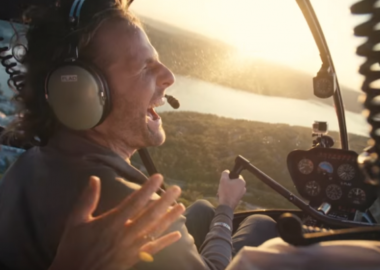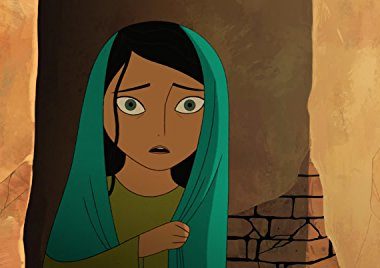![]()

Brand storytelling. Branded video. SEO. Native content. Content marketing. Together, these form the digital marketing tool of choice these days. Why is that? To answer that question, let me start by asking you one.
Has anyone bought a skyscraper ad this year? (If so, how did your investment pan out?)
Even before ad blocking, you were likelier to survive a plane crash than click on a banner ad. So, how do you create an ad that is watched, loved, shared and remembered? It’s easy, if you remember why advertising works in the first place. (Pssst: because it holds your attention.)

The problem with skyscrapers, big boxes and other display ads lies in their attempt to port the advertising model from print to the digital space. Buying an ad in a newspaper or magazine, you’re charged by the volume of space you occupy and where in the publication it appears. Publishers and advertisers tried to preserve the ad model. There were better ways to spend their time.
Think of Vogue‘s legendary September issue, thick with gorgeous photography. Most of the eye candy isn’t editorial, of course—it’s advertising. Think also of Super Bowl Sunday and its eagerly anticipated commercials. There, impact of story always trumps length of spot. It’s axiomatic: Great ads with great stories get attention.
That’s why branded video has emerged as a popular and effective way for brands to share stories and build an audience for content marketing. The medium is an engaging way to tell compelling stories that transcend the limitation of the traditional TV spot. This makes them desirable content instead of unwelcome noise. Need inspiration? Here are four of our favourite branded videos.
Momondo, The DNA Journey
Slack, “Animals!”
The overall product bucks traditional TV-commercial restrictions: it’s a full minute long, perfect for social media and twice as long as your typical sitcom spot. It also makes a point of featuring Slack’s playful corporate culture. This is a canny decision. Not only does it demonstrate how helpful Slack can be, it also helps distinguish the company in a crowded market.
Google Search: Reunion
The ad works because it isn’t an ad. Call it an engaging and emotional storytelling experience branded by Google’s presence. Spots like this are too long for TV. They’re built for the internet, and smartly use their length to develop themes that pack an emotional wallop. The brand integration is admirably subtle, too. Instead of direct promotion, the story transmits a message about culture, values and usefulness in a memorable way.
Marketing can’t be afraid to get rid of outgrown models. We’re living in an age of disruption. The best way to win eyeballs is to be worthy of them—by being interesting, engaging and above all, worth the viewer’s time.





